My Secret to Sleeping All Night Without Needing to Pee
For a long time, my nights had a built-in intermission. I’d fall asleep easily, only to wake up three or four hours later on a mission to the bathroom that was hardly ever successful without stubbing my toe or waking someone up. Then I’d go back to bed, wait for sleep to return, and repeat the process a few hours later. The second time was usually harder. My brain would turn on, start making lists, or remember something I forgot to do. By the time morning came around, I was groggy, annoyed, and convinced my bladder was plotting against me.
It started in my late 20s. I used to sleep through the night without any issues. Then, out of nowhere, nighttime bathroom breaks became part of the routine. I thought it was stress or maybe a hydration problem. I tried all kinds of random fixes, including fewer drinks, no drinks, and herbal teas. Eventually, I decided to figure out what was actually going on and test real strategies with actual logic behind them. Here’s what worked.
Cutoff Time for Fluids
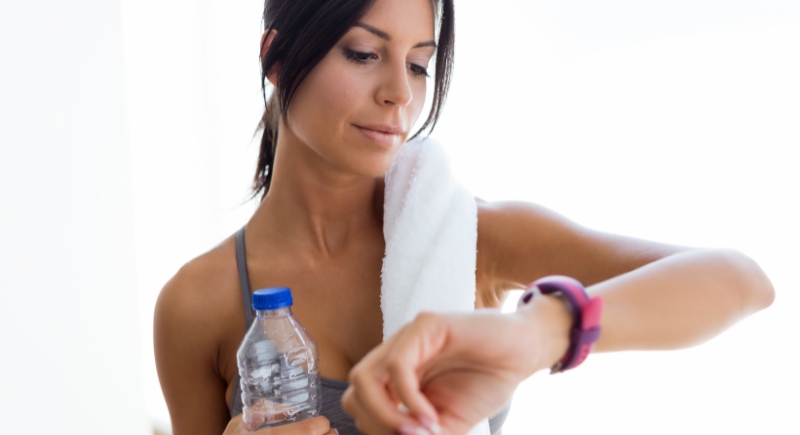
Image via FreePik/nensuria
Most advice says stop drinking liquids three to four hours before bed. For me, three hours ended up being the sweet spot. I didn’t want to dehydrate myself, so I started front-loading water earlier in the day. First thing in the morning, I’d drink a big glass. Then I’d keep a water bottle nearby and sip steadily until around mid-afternoon. By 5 or 6 p.m., I’d start slowing down. If I got thirsty later in the evening, I’d take small sips rather than finishing half a glass. No drinks after dinner helped a lot.
Also, I had to break my habit of drinking water just because I was near the sink. It’s easy to take a big gulp without thinking about it, but those mindless drinks showed up in the middle of the night. Once I tightened up my timing and became more deliberate, I started sleeping longer stretches.
Changed What I Drank, Not Just When
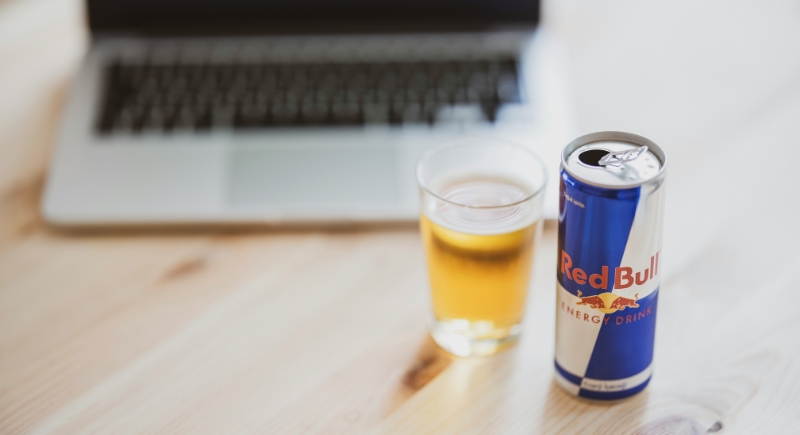
Image via Unsplash/engin akyurt
Caffeine and alcohol made things worse. That’s not surprising. They’re both diuretics, and even a single glass of wine with dinner would almost guarantee a 3 a.m. bathroom trip. Switching to caffeine-free drinks in the afternoon helped. So did cutting carbonated drinks. Sparkling water seemed safe, but I later learned the bubbles can irritate the bladder lining and trigger the urge to go even if your bladder isn’t full.
Some drinks and foods also act like bladder stimulants. The research I came across listed artificial sweeteners, acidic juices, chocolate, and spicy meals as possible triggers. I didn’t cut everything at once, but I experimented. Swapping soda for still water, skipping late-night desserts, and eating milder dinners seemed to reduce the urgency I used to feel.
Compression Socks During the Day
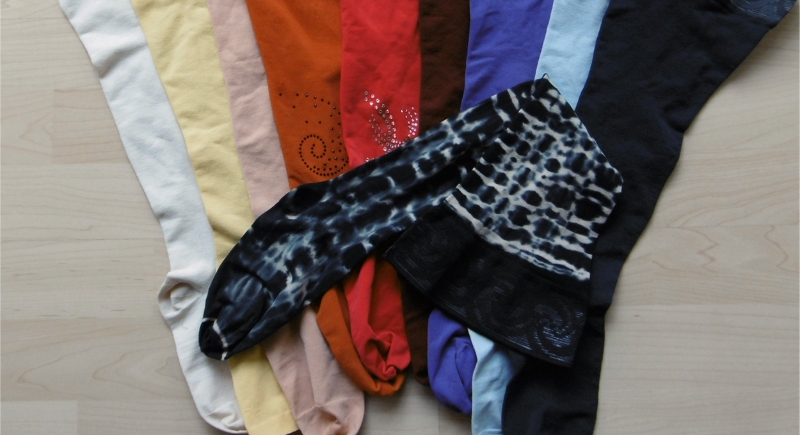
Image via Wikipedia/Enter
This one surprised me. I read about how fluid pools in the lower legs during the day, especially if you sit or stand for long periods. When you lie down at night, that fluid re-enters circulation and gets filtered by the kidneys, which increases nighttime urine production. Wearing knee-high compression socks helps stop that from happening.
I experimented with putting them on in the morning and taking them off in the evening. I also began elevating my legs in the afternoon while reading or scrolling on my phone. It didn’t feel like a big lifestyle change, but it worked. My body redistributed fluids before bedtime, which meant less work for my bladder at night.
Double Voiding Before Bed
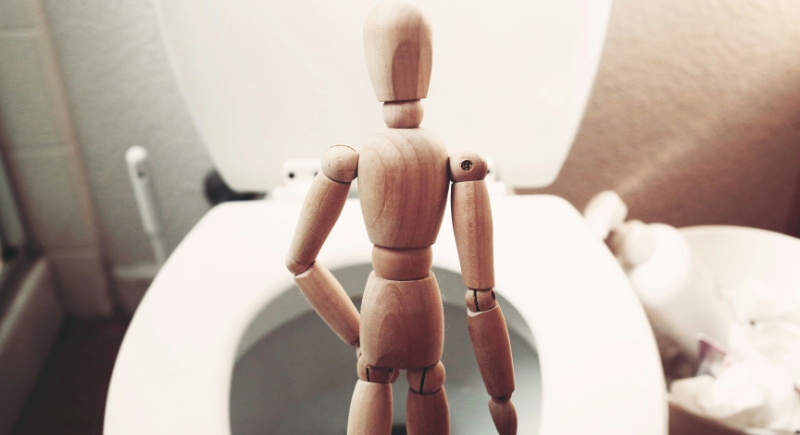
Image via Unsplash/Giorgio Trovato
One trick I’d never heard of before this was something called double voiding. It means you use the bathroom, then wait a few minutes and go again. Sometimes the bladder doesn’t empty fully on the first try, especially if you’re rushing. Giving myself a second chance to pee before bed helped more than I expected.
I’d go once after my evening wind-down routine, usually right before brushing my teeth, and then again, five to ten minutes later. The second attempt often felt unnecessary, to be honest. But I tracked how often I woke up to pee before and after trying it. Once I added double voiding, I went from waking twice a night to once or not at all.
Kegels Helped More Than I Expected
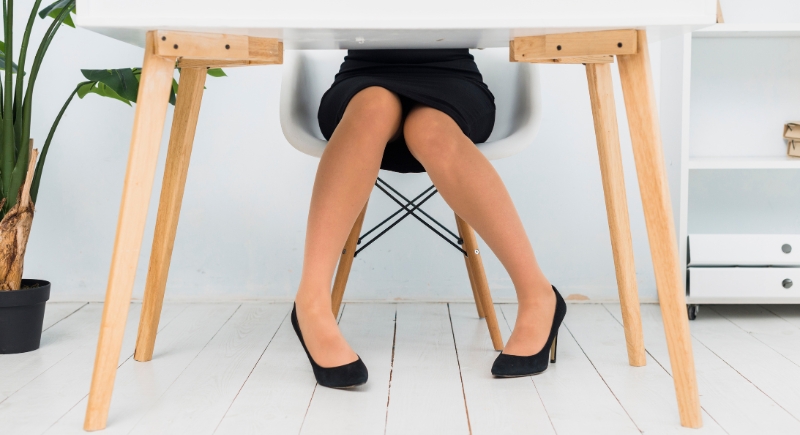
Image via FreePik
I used to associate pelvic floor exercises with pregnancy or recovery. Turns out, they’re useful for anyone dealing with bladder control trouble. I learned how to do them properly (pro tip: don’t practice mid-pee) and added a few short sessions throughout the day. It wasn’t anything intense. Just ten-second holds, three sets of ten, spread out across the day.
Apparently, pelvic floor strength can help reduce urgency and improve your ability to hold urine during the night. After a few weeks of regular Kegels, I noticed fewer “gotta go” moments during the day, too.